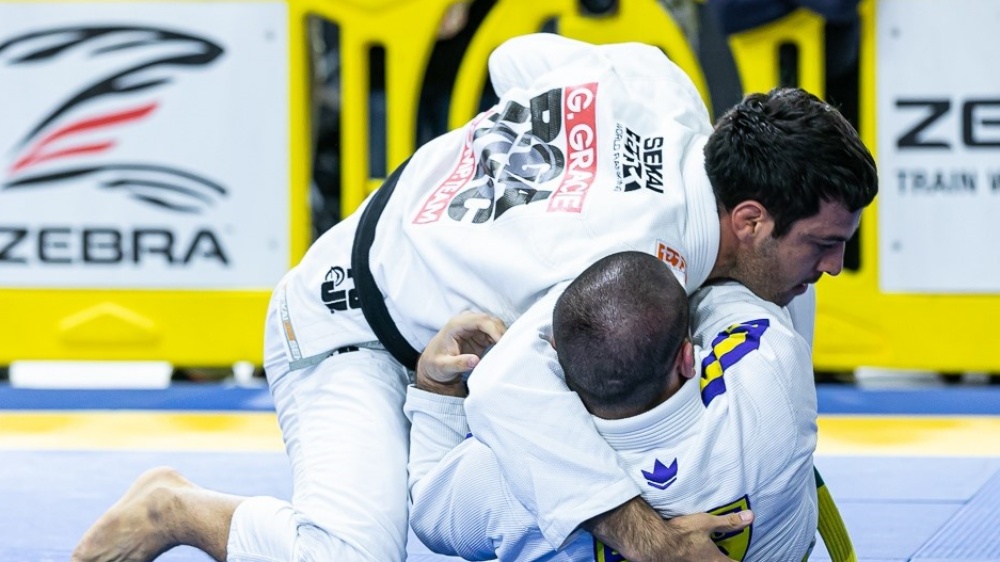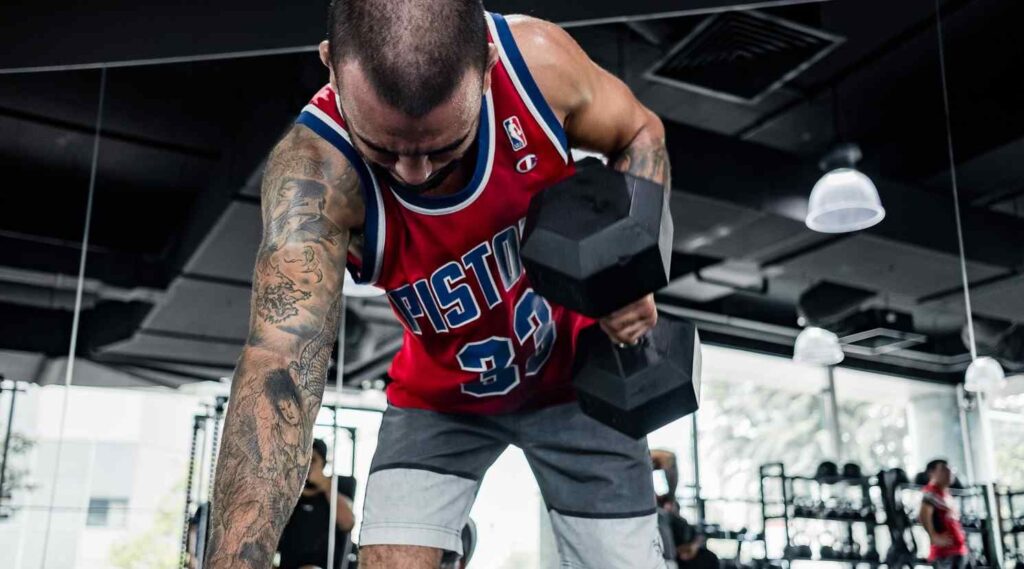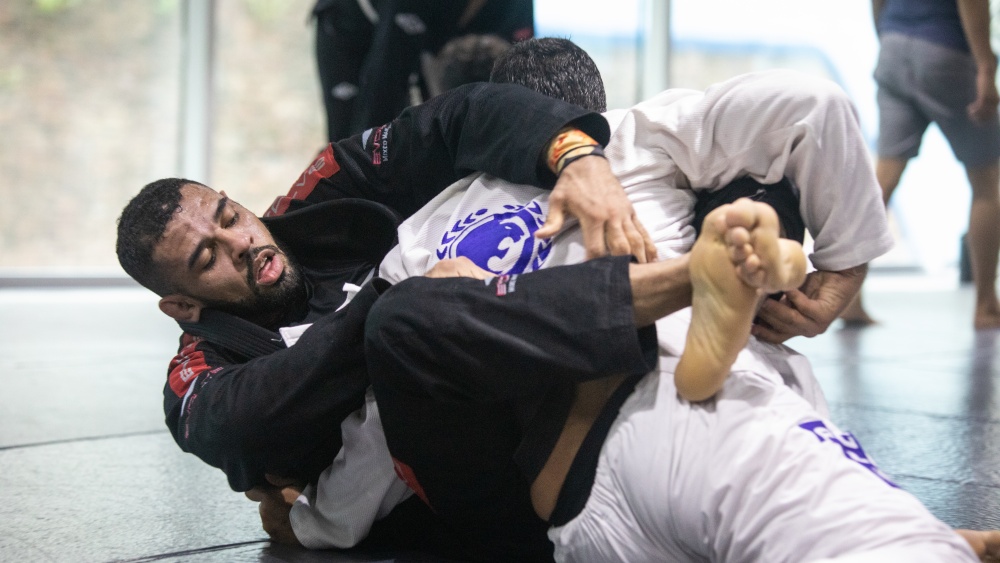BJJ is a sport that welcomes practitioners of all ages and backgrounds. This is one of the reasons why it is considered one of the fastest-growing combat sports in the world. Practitioners have different reasons for training BJJ. Some of the most common are for self-defense, weight loss, competition, or simply for leisure.
While there can be hundreds of reasons and benefits to training in BJJ, you will continuously look for ways to improve as you get deeper into the sport. Improving your physical attributes, like strength and explosiveness, will come in handy as you develop your technique.
Although technique is the primary focus in BJJ, strengthening your body will only make you a better grappler. This article will talk about the top five ways to develop your explosiveness for Brazilian Jiu-Jitsu.
The Top Ways To Build Your Explosiveness For BJJ

Explosiveness is an essential attribute of BJJ. It can be used when you are trying to perform a throw or takedown, pass and recover the guard, sweep the opponent, or quickly lock in and finish a submission. This is crucial, especially if you want to become an active competitor and compete in no-gi.
In gi BJJ, speed and explosiveness can be neutralized if the opponent secures their preferred grips. Though BJJ is not entirely reliant on physical attributes (as it values the use of technique), in a match where both athletes are at the same experience and skill level, the athlete who is more conditioned physically has the advantage and will most likely win the match.
In this day and age, where athletes are developing at a much faster rate, technically and physically, it is important to work on your conditioning to stay competitive. Below are the best ways to develop your explosiveness for Jiu-Jitsu.
1) Plyometric Training
Plyometric exercises are movements that focus on eccentric muscle contraction (a rapid muscle lengthening movement) followed by concentric muscle contraction (an explosive muscle shortening movement). It happens when a muscle is contracted and lengthened rapidly, followed by further contraction and shortening.
Plyometric exercises use the stretch-shortening cycle to generate rapid, powerful pre-stretch or counter-movements where the muscles are loaded to reach their optimum force in their possible fastest time, thus, producing power for explosive movements. Some examples are jump squats, clap push-ups, medicine ball throws, skipping rope, long jumps, and box jumps.
2) Olympic Lifts
Doing Olympic lifts will boost your speed, power, and explosiveness. It is proven to be a practical approach to increasing strength and conditioning and is used by athletes even outside of combat sports. Typically, Olympic lifts are performed in low repetitions but with heavier loads.
Olympic lifts require the guidance of a coach to ensure correct form and prevent injuries. Some movements like the snatch and the clean and jerk require precise technique and may take time to master.
As a grappler, your goal should be to benefit from these exercises without getting injured. Rather than spending years mastering the barbell snatch and clean and jerk, you can try the power clean, dumbbell snatch, kettlebell swings, and kettlebell thrusters as alternatives.
Power Clean
Dumbbell Snatch
Kettlebell Thrusters
3) Drilling With Resistance Bands
Explosiveness is useful, especially in during the standup stage. Shooting for a takedown requires speed, explosiveness, and the right setup, especially if you’re up against an experienced opponent.
While BJJ focuses on ground fighting, learning a throw or takedown is an integral part of grappling and will make you a complete grappler. After all, no one wants to be the butt-scooter who can’t do even simple takedowns.
Drilling your favorite takedown like the single or double leg countless times (and with good intensity, of course) will definitely make your takedown faster. Add heavy resistance bands to work on your power and explosiveness as you drill your takedowns. After training with the bands, you can then practice your shots without the bands by moving from one side of the mat to the other.
Another piece of advice is to also work on your mental toughness as you work on your takedowns. During a match, don’t hesitate as you shoot for the takedown. Go for the takedown with the clear intent of taking the opponent down. You are likely to fail your takedown attempts the moment you hesitate. The same can be applied when passing the guard.
4) Build Your Strength

Work on your absolute strength by lifting heavy weights. Working on your strength will allow you to lift heavy objects explosively. As you build your strength by doing primary compound lifts like the squat, bench press, and deadlift, you can lower the weights and adjust your training tempo. Improving your strength is necessary to build your power.
Adjust how you perform the repetitions. Perform the concentric part of your lifts (the part where you exert force) explosively and the eccentric slowly. Using the barbell bench press as an example, slowly lower the weight down and explosively press the weight up, ideally within one to two seconds. Remember to be mindful of the weight that you lift to minimize the chances of getting hurt.
5) Sprints
Sprinting is a classic exercise that quickly builds explosiveness and power. Sprinting makes your legs and hips stronger. This is very useful in BJJ because good hip movement is required when escaping bad positions. The best thing about sprinting is that it requires no equipment and is accessible most of the time.
Final Thoughts
Pure technique will only take you so far in the modern grappling scene. Working smartly during the match is just as important as you work on your physical attributes off the mat. Explosiveness works great if you plan on finishing your matches quickly.
As John Danaher said, pacing determines the outcome of the match. The one who sets the pace and can maintain it over a long period will most likely win the bout. Pacing determines one’s work rate, and if it exceeds what you are physically capable of for an extended period, you’ll lose many chances to finish your opponent.
You may also like:

















